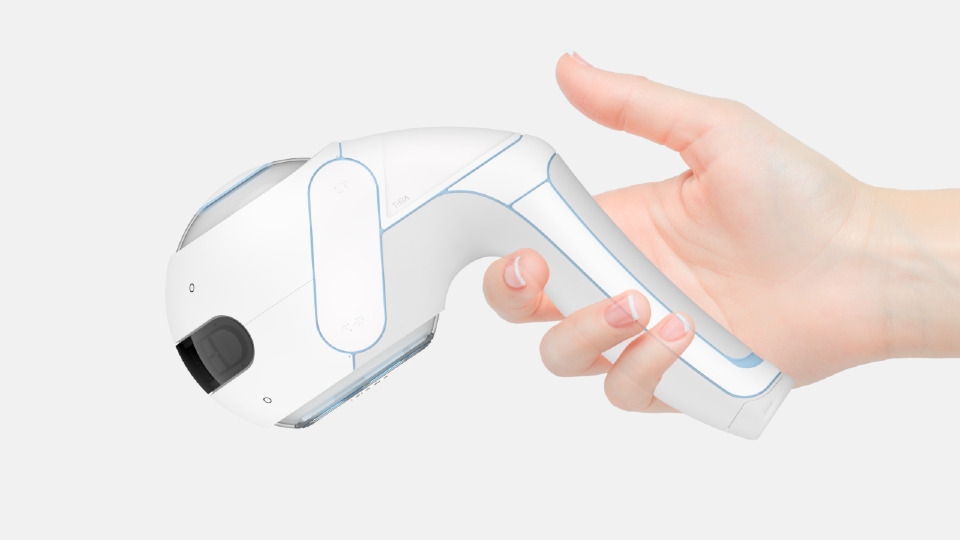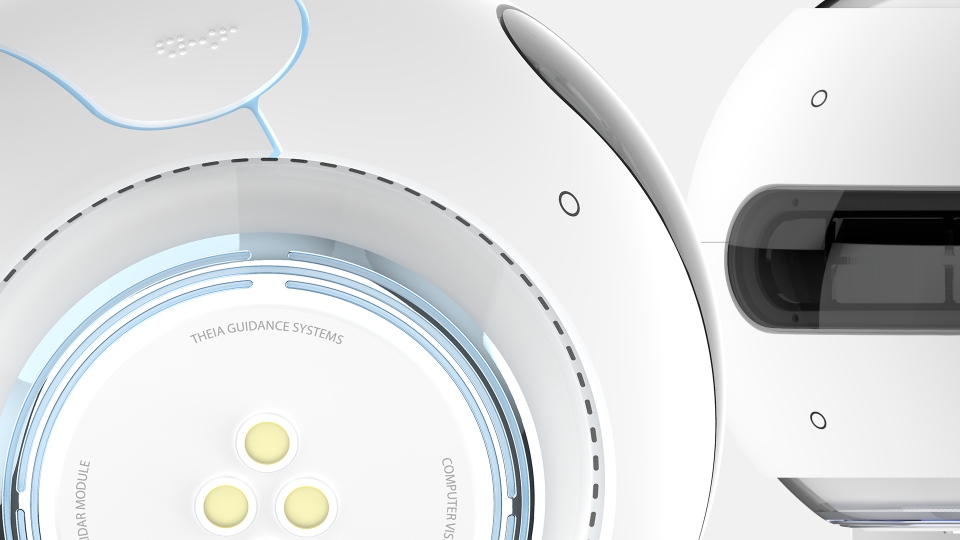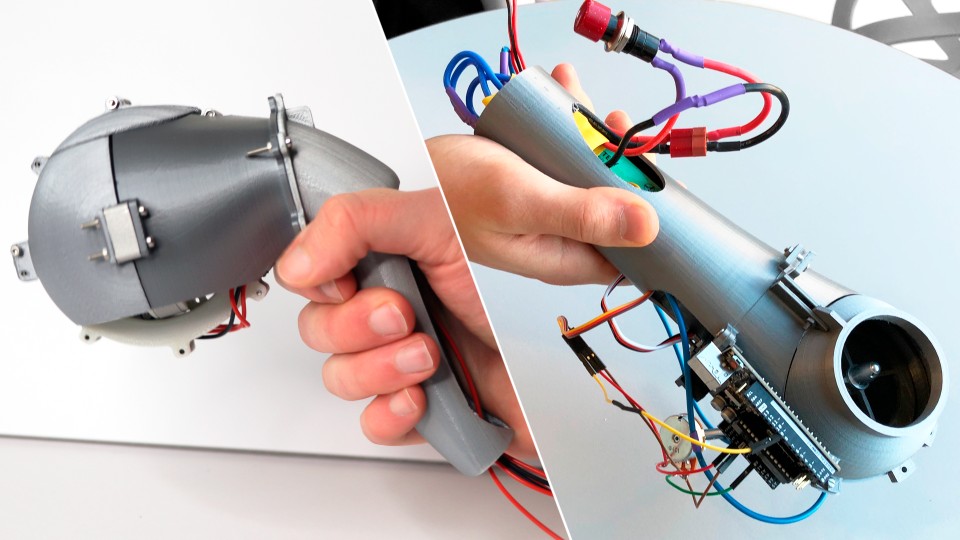Using Theia
Inspired by autonomous vehicles, Theia aims to translate that sense of effortless driving into a system of effortless walking, helping users make complex manoeuvres without needing to see nor think.
Anthony says much like a self-driving car, Theia – which is aptly named after the titan goddess of sight – will programme routes to reach destinations and avoids accidents along the way.
To use Theia, a user would simply say: “Hey Theia, take me to (for example) Cabot Circus”.
As an internet of things (IOT) device, Theia will then process real-time data available online, such as traffic density (pedestrians and cars) and weather, to guide users accurately and safely to their destinations.
While guiding a user from A to B, Anthony envisages it will also assist with tackling specific interactions such as elevators, stairs, entrances, shops, and pedestrian crossings, to name a few.
Theia will also have a fail-safe procedure for high-risk scenarios, such as crossing busy intersections.
When a user is close to a crossing, Theia will push them back and enter ‘manual mode’, which is a bit like using a cane.
Situations like these encourage the user to maintain a level of awareness and control when it matters the most, explains Anthony.
The technology
Anthony aims to combine Lidar [a remote sensing method that uses light] and cameras so Theia can capture a three-dimensional image of the users’ surroundings.
Powerful on-board processors will then determine the best path to take and separate routes into individual commands – for example, bear left at 1.4 m/s.
The problem from here is communicating this information to the visually impaired person, and Theia aims to tackle this by physically ‘leading’ users.
Theia will communicate complex walking manoeuvres and actually move users’ hands in open space using a novel form of force feedback that involves a control moment gyroscope (CMG) – tech found in satellites and space vehicles, including the international space station.
The ‘leading’ sensation could be compared to holding a guide dog’s brace – i.e. users holding Theia would too be able to feel all the subtleties of speed, direction, and vibration and feel it pulling you along.
Anthony says that as the user will not expend mental processing or time to interpret Theia’s commands, the device has the potential to allow those with visual impairments to match, or even surpass, the pace of an average pedestrian.


